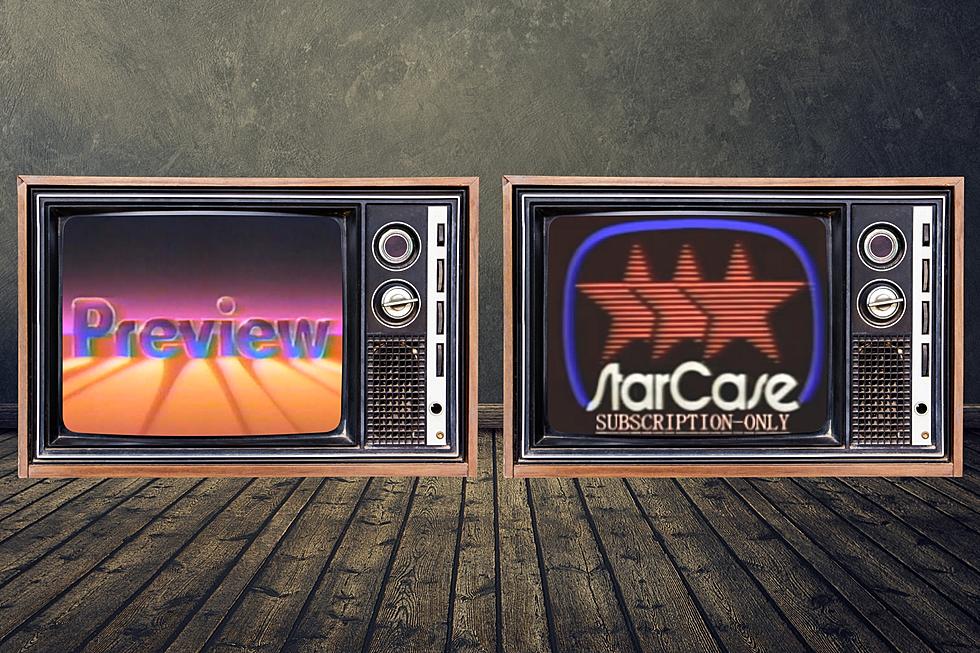
Boston’s Early ’80s ‘Subscription TV’ Battle Between Preview and StarCase
These days, more and more people are cutting the cord of cable television and getting all of their entertainment solely through streaming services.
Yet some around the SouthCoast can still remember when there was no cord to cut, but rather a scrambler box to disconnect, back in the “subscription television” days of the early 1980s.
What was subscription television? Well, it was kind of like cable, if there was only one network, and no actual cable.

Rather than be fed into the house via coaxial cable that screwed into the back of a set top box connected to the television, it instead was broadcast over a UHF channel (basically, channels 14-83 on analog TVs) with a scrambled signal, and subscribers would pay a monthly fee for a descrambler box that would allow them to convert the signal and watch the programming.
Installation would normally run between $40-$50 (although there were a lot of “free installation” promos to get you on board for that monthly payment) and the monthly subscription price ran between $19.95 and $25. The higher price was for those who wanted access to the “adults only” content that ran late at night.
The subscription television stations usually began airing programming at 7 p.m., with a mixture of movies, specials and sporting events, just like you might see on HBO or Showtime today. There was no real original programming, however.
Quite often, the subscription TV service ran the same programming every night for a week or so, because there was no DVR or even a VCR to record something if you weren’t home to watch it.
During the day, many of the UHF channels that became subscription TV at night would still run a full slate of cartoons and re-runs and other programming until the sun went down.
Boston had two subscription television services: Preview and StarCase. Preview, which launched in 1980, broadcast over WSMW Channel 66.
StarCase, which later became Star TV, got the jump by launching in 1979 on WQTV Channel 68. It actually took the station's ownership over a decade to get approval from the FCC and install the equipment to become a subscription television station.
Ownership applied for the license in 1966, got the approval in 1969, and didn't launch programming until 1979.
However, StarCase only lasted until 1983 before ceasing operations. Preview hung on for a few more years after that, but eventually succumbed to the growing number of homes switching to cable television, opting for more variety of programming.
Some households might’ve been wealthy enough to have both Preview and StarCase on their television, but most people chose one or the other. In those days, my family lived in the bottom of a duplex house and we had StarCase; our upstairs neighbor had Preview. Everyone would just gather in the living room of whoever had the service running the movie we wanted to watch that night.
Could you imagine only having Netflix, and then going over to a neighbor's house to watch Hulu? It's hard to imagine anyone would do that today.
Did you have a subscription television service back in the day? Which one did you have, Preview or StarCase?
Famous TV Shows That Couldn’t Get Made Today
TV Series That Shared Sets With Other Shows
More From WBSM-AM/AM 1420









